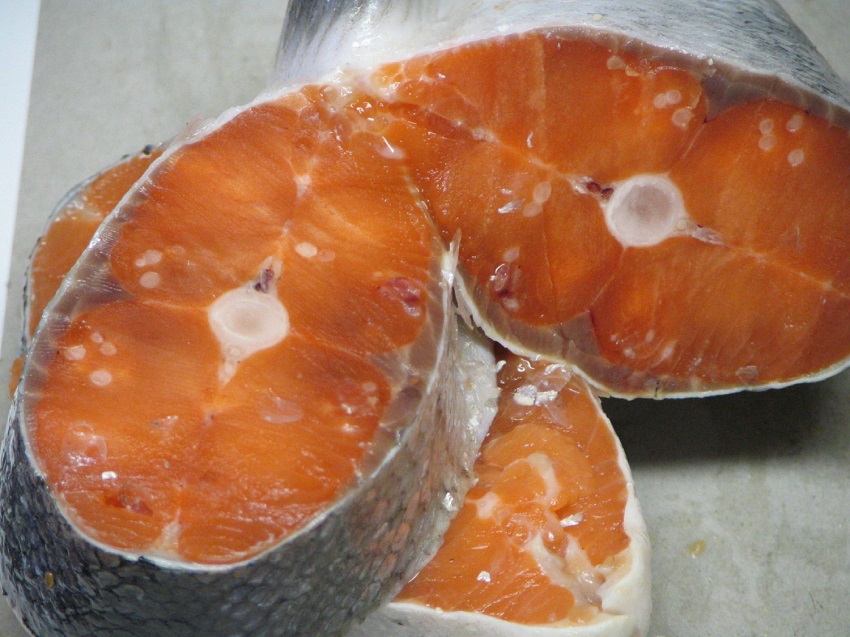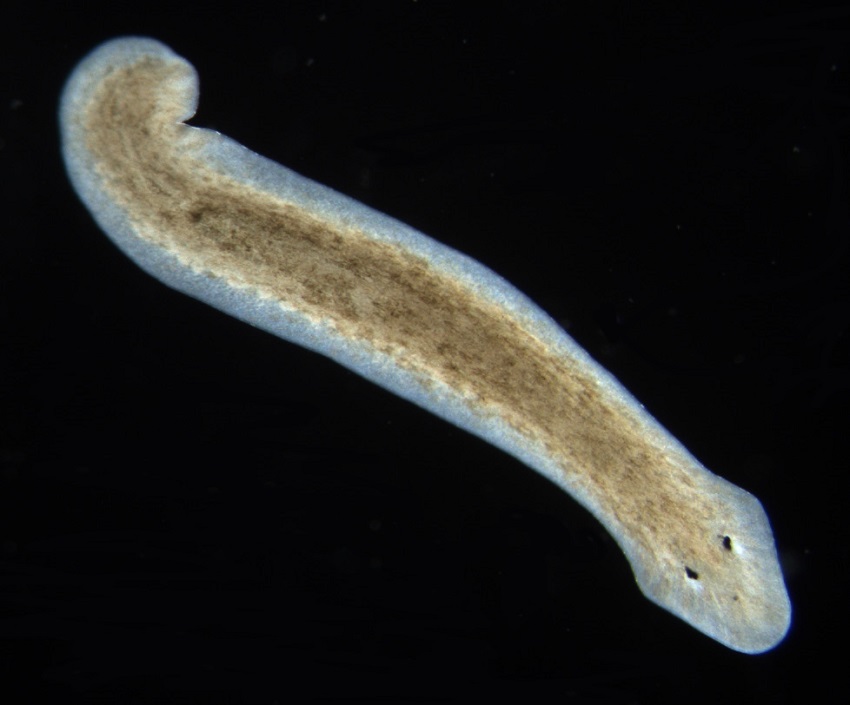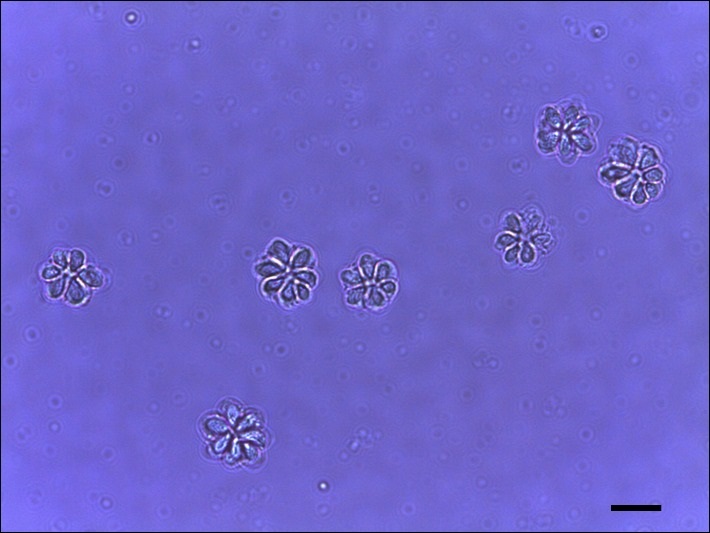Just this week, scientists have identified a living animal that does not use oxygen to live and reproduce. This parasite, which looks like small white blobs of bacteria or fungi is jokingly referred to as “tapioca disease” for the appearance it creates in the meat of affected fish.

But, many headlines are completely misunderstanding what this means. For instance, a major headline reads:
“Scientists Discover the First Known Animal That Doesn’t Breathe”
But, this is not accurate. Many known animals do not breathe, but this is the first known animal to not use aerobic respiration. However, these inaccurate headlines do allow for a very teachable biology moment!
First, let’s talk about the difference between respiration and breathing.
Respiration and Breathing
Take air into your lungs, then exhale. This action is called “breathing”. Breathing carries oxygen into the lungs and carries carbon dioxide out of the body. In the lungs (or gills, if you are a fish), blood vessels carry oxygen and carbon dioxide to and from all of the cells in your body. Most animals “breathe” to exchange gases, whether they have lungs or gills.
Respiration, on the other hand, is how your cells use glucose and oxygen to create ATP. ATP is an “energy” molecule that powers most of the biological reactions in each of your cells. Oxygen is necessary for respiration because it helps collect charged particles of hydrogen after they help create ATP.
See the difference?
The reason these headlines are misleading is that science already knows about a wide variety of animals that don’t breathe. Many small animals do not need lungs or gills, and they simply let oxygen flow into their thin tissues from the outside. For example, Planarians, like the small worm below, have no organs to breathe. But, they still use respiration to create ATP. The oxygen simply flows through their skin to where it is needed.

However, unlike almost every other animal we know, this new parasite does not use respiration to live. In other words, it has evolved to survive completely without oxygen. That, frankly, is quite amazing.
Some other biology concepts will show how this happened.
Parasitism
The animal researchers were analyzing, Henneguya salminicola, is a small parasite that is distantly related to jellyfish. So, it’s cells have all the characteristics of most animals: they are eukaryotic, multicellular, and even go through a larval form. They use this larval form to swim between hosts, then morph back into a formless blob as they occupy the tissues of the host.

But, being a parasite is much different than being a free-swimming jellyfish that hunts for food in the open ocean. Many parasites live in areas of their host’s body that have remarkably different conditions than the outside. Therefore, as many years go by, these parasites often lose appendages and traits that their free-living cousins still need. Just take a look at this parasite, related to crabs. While it may have looked much more crab-like millions of years ago, the parasite has lost all appendages to suit its lifestyle:

Directionless Evolution
The blob-like, anaerobic parasite recently discovered by science lives in the tissues of fish, apparently not close enough to blood vessels to receive ample amounts of oxygen. Without oxygen as a resource, this parasite has gotten rid of all the genes it carried related to using oxygen, mostly found in the mitochondrial DNA (mtDNA).
Researchers found its inability to use oxygen by analyzing the organism’s DNA and finding that it did not have any genes related to processing oxygen. While these organisms had the genes at one point, they were not useful and were eventually discarded!
That fact brings up one final biology lesson: evolution.
Far too often people consider evolution a process that has direction. They think that bacteria evolved into eukaryotic cells, which then evolved into multicellular animals. These animals then became more complex, and eventually created humans as the ultimate pinnacle of evolution.
This, simply put, is not true. Evolution simply rewards animals with adaptations that help them survive and reproduce. For this parasite, a less-complex existence helped them survive in an unoccupied niche. Likewise, human intelligence will only help us survive if we direct it towards our survival, not toward nuclear war or genocide. We are not a pinnacle of anything, just another species scratching for survival in the game of life.
It’s crazy what a tiny parasite can teach us about ourselves and the world in general!
